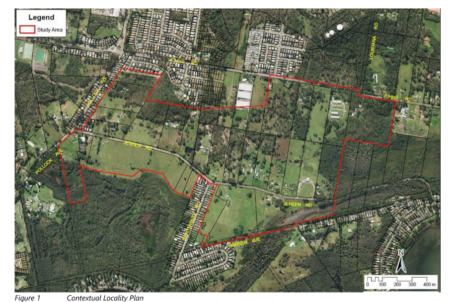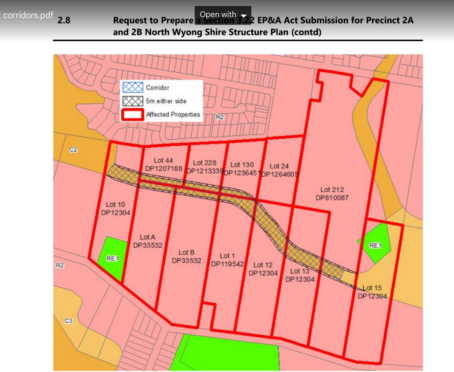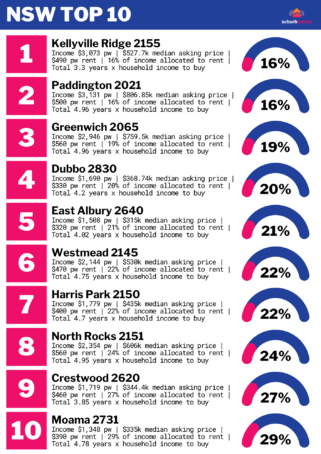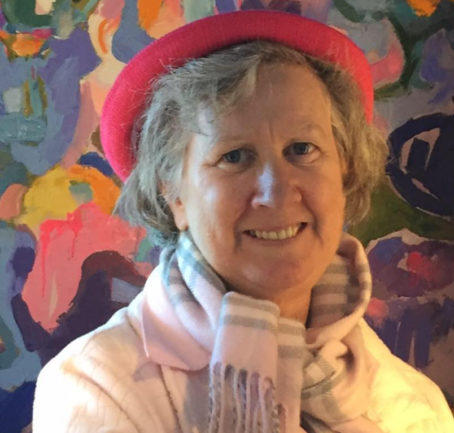Council has made no decisions on development applications that would unlock hundreds of blocks of residential land at Wadalba East.
While Central Coast Council hones its housing policy and holds housing talk fests, owners of land at Wadalba East have been trying for years to provide up to 1200 home sites.
This month, one proposal for 47 lots is in the Land and Environment Court after a deemed refusal by Council.
A deemed refusal means Council didn’t deal with the application within a certain time frame.
Five other development applications have been languishing within the Council’s planning department for more than two years.
One application for more than 160 blocks is open for public comment on Council’s website.
Another four proposals for more than 250 blocks are in the pipeline.
And beyond that, another three landowners have another 60 or so blocks waiting in the wings.
In March 2022, the council received a $1.4M grant from the State Government’s regional housing fund to design the sewer and stormwater basin infrastructure for the land.
It is the Wadalba East Urban Release Area.
It was identified in the 2013 NSW Government’s Potential Homes Sites Program to stimulate growth and provide opportunity for affordable housing delivery.

The Council in 2020, back when we had councillors making decisions, agreed to the rezoning of the land to allow development.
Three councillors visited the site and asked a series of questions.
The area is bisected by habitat corridors linking Wadalba Wildlife Corridor to the Tacoma/Tuggerawong Wetlands and has environmental values.
The councillors were told the wildlife corridor had been recognised and established “for a long period of time”.
A management plan was prepared in 2006 by the former Wyong Shire Council (Wadalba Wildlife Corridor Management Plan 2006).
Areas within the corridor were zoned E2 Environmental Conservation zone and the rezoning proposal provided connection points to connect to these lands.
Staff said there would be two local parks and a regional play space within the area plus areas of semi natural space.
“The parcel at No. 85 Jensen Road has been identified and purchased by Council to provide playing fields and co-located community facilities,” the report said.
That decision to rezone was made in September 2020 as part of the North Wyong Structure Plan.
The site of 143 hectares covers 39 parcels of land under separate ownership.
The Planning Proposal was – and still is, ten years later – commonly referred to as the Wadalba East Land Owners Group (WELOG) proposal.
The site is accessed from Johns Road, Pollock Avenue and Jensen Road.
The objective of the Planning Proposal, according to the report to the councillors was to:
- Enable low density residential development (approximately 1200 residential lots) except for flood prone and other lands required for conservation, recreation and infrastructure purposes.
- Refine planning provisions and establishing guidelines for future urban development within the precincts.
- Ensure infrastructure and servicing arrangements were in place to ensure the land is serviced at no cost to the NSW Government and Council.
The report noted that, as part of a future DA for the subdivision and subsequent development of the land, further ecological investigation would be required.
“This investigation will be required to comply with the provisions of the Biodiversity Conservation Act, 2016 and will require the preparation of a BDAR (biodiversity development assessment report) at minimum.
“Consequently, some areas zoned R2 Low Density Residential will be required to be avoided and remain undeveloped as a result of biodiversity constraints.
“The draft site-specific DCP (Development Control Plan) Chapter further addresses and defines the detailed design of future development regarding environmental matters, ensuring that the environmental values of the wildlife corridors contained within the study area will be preserved, protected and enhanced,” the report said.
The development control plan noted that: “The subject lands contain areas of high conservation value that are known habitat for threatened species. The subject lands have been rezoned without having an approved environmental offsets strategy to achieve an ‘improve/maintain outcome’.”
The matter came back to Council-under-administration in March 2022 to accurately map the 40 metre wildlife corridor.
It was adopted.

The first development application for 79 blocks was sent in to council the following month.
That application is still waiting for a decision. As are all the others.
One landowner is jumping the queue by going to the Land and Environment Court for a decision.
The matter was listed this month and is one of a number of deemed refusals or appeals that have gone or are going to court for other areas on the Coast, including one for a site in Gosford and another at Umina.
Last week Administrator Rik Hart published a press release about the outcomes of a Central Coast Housing Forum which Council-under-administration hosted.
He said community representatives, not-for-profit housing providers, government agencies, developers, Members of Parliament and Council representatives discussed the housing situation on the Central Coast.
He said the population was projected to increase to over 404,000 people by 2041 – that’s another 2,800 people every year.
“To house these people, the State Government’s Central Coast Regional Plan 2041 anticipates we will require an additional 32,550 dwellings,” Mr Hart said.
“A key message that came out of the Forum is that there needs to be a simplified process to provide affordable accommodation of various types.
“To achieve this, more collaboration and discussion is required at all levels – government, Council, developers, community groups and of course the local community itself.
“We have to remove barriers, but at the same time ensure that affordable housing is of good quality, fits in with its ‘neighbourhood’ and most importantly provides what is needed to the demographics seeking accommodation.”
Mr Hart said it was agreed that there was no silver bullet.
“But it was acknowledged that we need to think outside the square on solutions, listen at a local community level for ideas and also concerns about types of development,” he said
Meanwhile, Australia’s top ten affordable suburbs was released today; and the Central Coast didn’t feature.
The Coast didn’t even feature on the top ten affordable suburbs in NSW.



